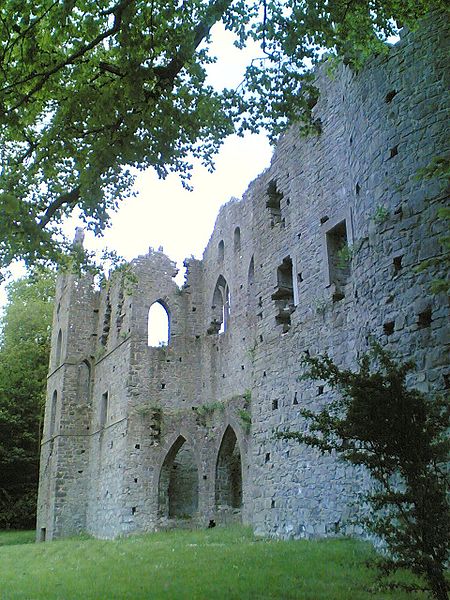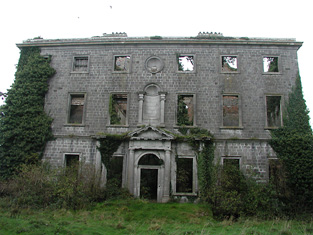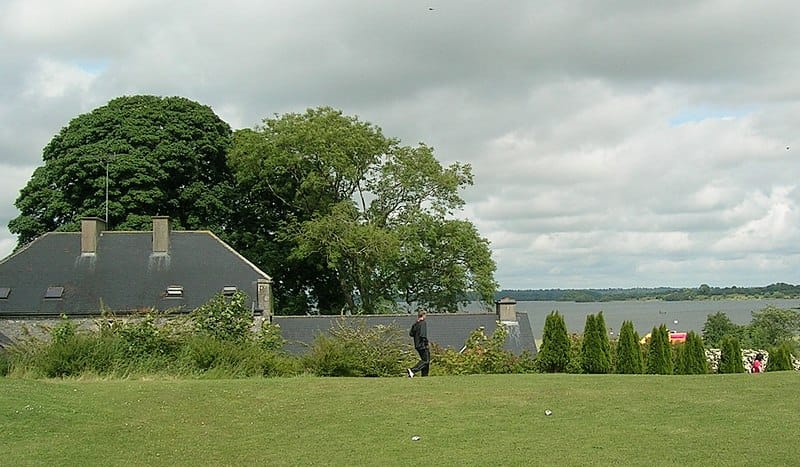Ireland's The Jealous Wall

The Jealous Wall or Jealousy Wall (shown below), is to be found at Belvedere House and Gardens south of Mullingar in central Ireland. It was built around 1760 by an Anglo-Irish monster straight out of a Gothic novel. That monster was one Robert Rochfort, the influential Earl of Belvedere, who built it so that he wouldn't be able to see the house of one of his brothers (George Rochfort) after someone commented that George's house was superior to Belvedere. Robert maintained the Wall was all that was left of the original family "house." It wasn't true: it was built and intended as a ruin, a folly, and to block the view.
That wasn't all Robert Rochfort was jealous about.
After the death of his first wife from smallpox, Robert had married his second wife Mary Molesworth in 1736 and they had four children. Some time around 1742 he suspected Mary of adultery with his other brother (Arthur Rochfort). Robert sued Arthur, who ended up in debtor's prison (he died there), and Robert locked Mary away (with servants) in the family home at Gaulstown House for more than 30 years, while he went and lived nearby at his new mansion at Belvedere. Her loneliness eventually drove her mad. Full story here.

The Jealous Wall came later. Below is what he was jealous about when he built the Wall: Tudenham Park, which is now a real ruin without a roof (since 1957), but protected by Ireland's Department of the Environment, Heritage and Local Government.

Before all this transpired, up through the 1720's, a close family friend and regular visitor to the Rochfort family home at Gaulstown, was Jonathan Swift. Several of his most famous letters - such as A Letter to a Young Lady, on her Marriage (1727) - are addressed to Rochfort family members and it is said that Lilliput in Gulliver's Travels (written 1721-25) was inspired by his time spent there and on the nearby Lough Ennell. After its publication in 1726, the SW part of the lake was renamed Lilliput in honor of the book - Lilliput House (shown below) dates from the 18th century.

